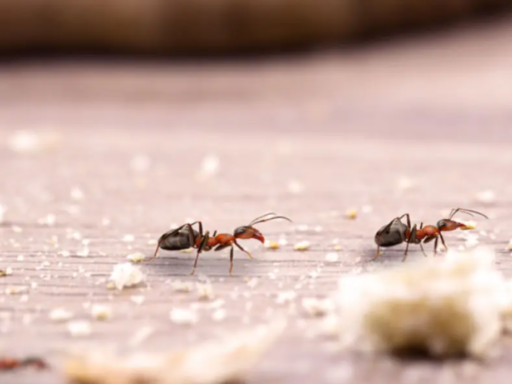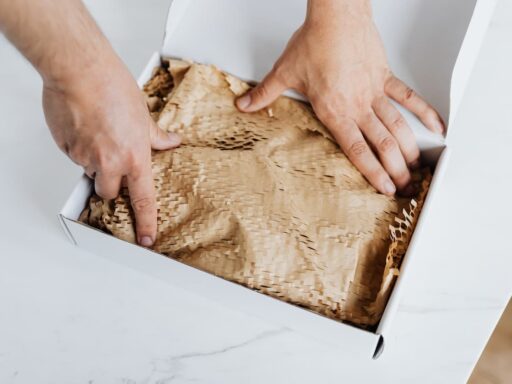The Correct Steps for Effective Fertilization.
Have you ever wished your lawn was as lush and vivid as a lush green lawn? The good news is that you don’t need a green thumb to create a flourishing garden. Proper fertilization is one of the most important things you can do for your plants.
However, with so many different fertilizers on the market, it can be difficult to know where to begin. This blog post will provide you with an overview of fertilization and how to select the best fertilizer for your needs.
Choosing The Right Fertilizer for Your Garden
Understanding Soil Needs
Effective fertilization begins with a crucial initial step: understanding your soil’s needs. To achieve this understanding, consider conducting a comprehensive soil analysis. This process involves examining the composition and nutrient levels of your soil, providing valuable insights into its current state.
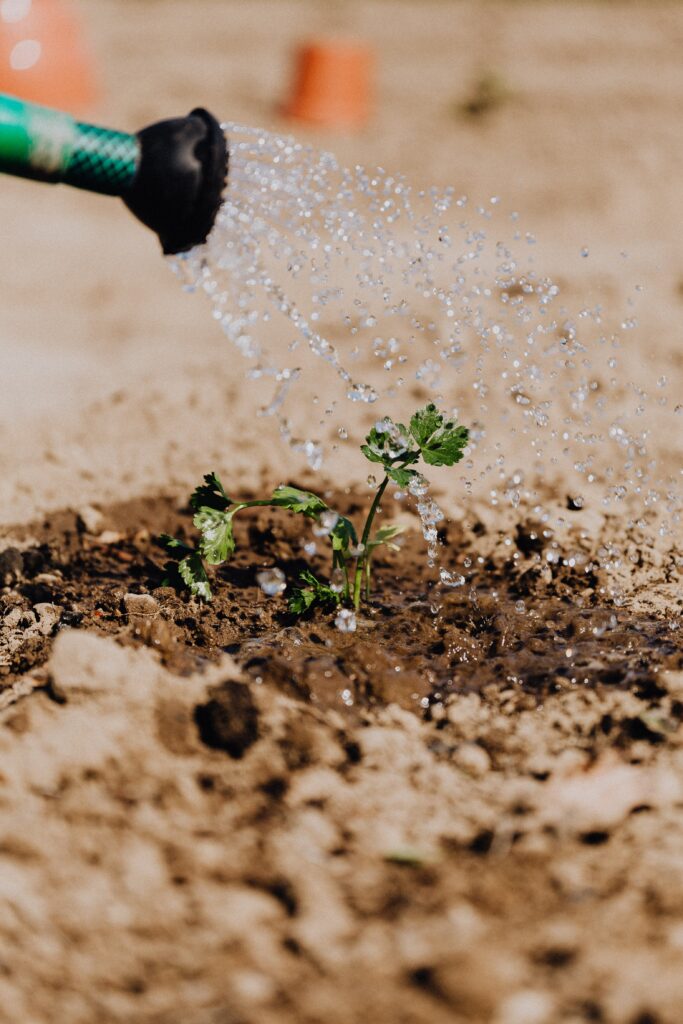
During a soil analysis, various factors are assessed, such as the soil’s texture, pH levels, and existing nutrient content. The texture indicates whether the soil is predominantly sandy, loamy, or clayey, influencing its water retention and drainage capabilities. The pH levels, on the other hand, reveal the soil’s acidity or alkalinity, playing a pivotal role in nutrient availability. Moreover, the analysis sheds light on the existing nutrient levels in your soil. It identifies deficiencies or excesses in essential elements like nitrogen, phosphorus, and potassium – the primary components found in fertilizers.
Armed with this information, you gain a deeper understanding of your soil’s specific requirements. The insights gleaned from the soil analysis empower you to make informed decisions when selecting fertilizers for your garden. By choosing fertilizers tailored to address the identified deficiencies and align with your soil’s composition, you set the stage for effective fertilization. This personalized approach not only optimizes nutrient absorption by your plants but also contributes to the overall health and productivity of your garden. In essence, understanding your soil through a thorough analysis lays the foundation for a successful and tailored fertilization strategy.
Choosing the proper Fertilizer
Navigating the diverse landscape of fertilizers is a pivotal aspect of effective fertilization. These nutrient-rich substances come in various forms, each designed to cater to specific plant requirements. Choosing the right fertilizer is a critical step in ensuring your plants receive the necessary nutrients for robust growth and development.
When exploring fertilizer options, consider opting for a balanced fertilizer or one tailored to meet the specific needs of your plants. Balanced fertilizers typically contain a mix of essential nutrients, such as nitrogen (N), phosphorus (P), and potassium (K). These three key elements play distinctive roles in promoting plant health. Nitrogen supports lush foliage and vibrant greenery, phosphorus encourages strong root development and flowering, while potassium contributes to overall plant vigor and disease resistance. Understanding the unique needs of your plants and selecting a fertilizer that aligns with these requirements is integral to fostering a thriving garden.
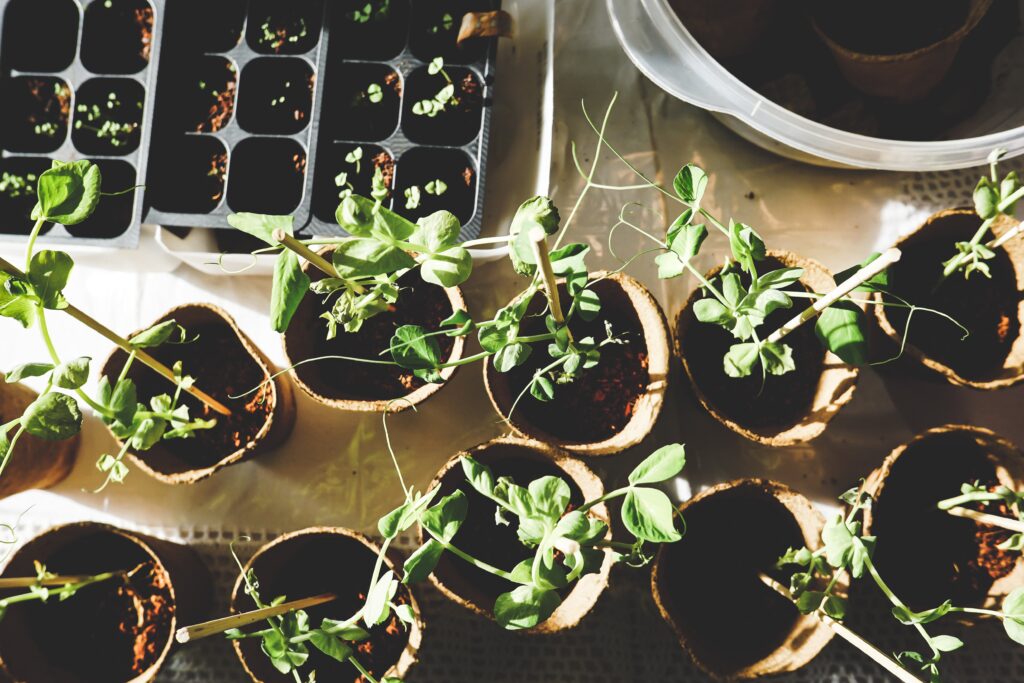
Timing is Critical
Choosing when to fertilize is crucial for making sure your plants get the most out of it. Generally, it’s a good idea to fertilize in early spring when plants are starting to grow actively. This gives them the extra nutrients they need for healthy development. But remember, the best timing can vary based on your garden and the types of plants you have. Adjust the schedule to fit your garden’s unique needs, and you’ll be providing the right nourishment at just the right time for your plants to thrive.
Techniques for Application
Achieving successful fertilization involves careful application techniques, whether you opt for granular or liquid fertilizers. Ensuring a consistent and even spread across the soil surface is essential for providing uniform nutrient distribution. This approach guarantees that every part of the soil receives the essential elements needed for optimal plant development. It’s crucial to be mindful of avoiding direct contact between the fertilizer and the plant leaves, as this can potentially cause burns. Moreover, after the fertilizer application, giving the area a thorough watering is a key step. Adequate watering plays a pivotal role in facilitating the movement of nutrients into the soil and towards the plant roots. This helps prevent nutrient runoff and ensures that the plants can efficiently absorb the fertilizers. By following these careful steps in application and post-application care, you contribute to a healthy and thriving garden, maximizing the benefits of the fertilizers for robust plant growth. Click on the video below and understand better the methods of application.
Organic vs. Synthetic Fertilizers
The advantages and disadvantages of organic and synthetic fertilizers. Organic fertilizers improve soil health over time, whereas synthetic fertilizers provide a fast nutrient boost. Choose based on the individual needs of your garden and your preferred gardening philosophy. If you prefer the organic line, compost is super-nutrient food for your garden. It’s like a special treat that makes your soil happy and your plants grow strong. When you use compost, it makes the soil comfy for your plants and helps it keep the right amount of water. Compost doesn’t give everything to your plants all at once, it slowly shares its goodness, making sure your plants get what they need bit by bit for long-lasting health. You can also use mulch, it helps keep the soil nice and moist and makes sure the temperature is just right for the plants to grow. When you use organic mulches, like leaves or bark, they break down slowly over time.
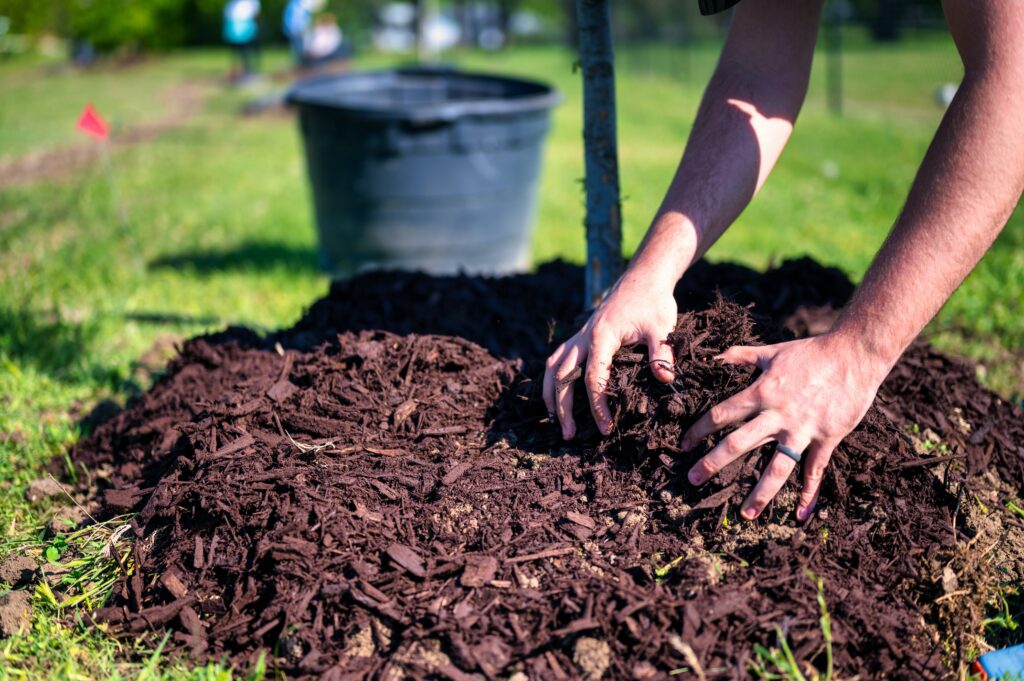
As they break down, these mulches give important nutrients to the soil, which makes it even better for your plants. So, putting mulch around your plants is like a little treat for the soil, helping it stay happy and making sure your plants have the best home to grow in.
Observation and Adjustments
Keeping an eye on your plants is a smart way to ensure they’re getting the nutrients they need. Regularly check them for signs like yellowing leaves or if they seem to be growing slower than usual. These can be indicators that your plants might be lacking in certain nutrients. If you notice any changes in your plants or in the soil conditions, it’s a good idea to adjust your fertilizing routine accordingly. Pay attention to what your plants are telling you and make changes as needed.
Maybe they need a bit more of a specific nutrient, and by modifying your fertilization routine, you’re giving them the extra care they require. This proactive approach helps address nutrient deficiencies promptly, ensuring that your plants stay healthy and continue to thrive in your garden.
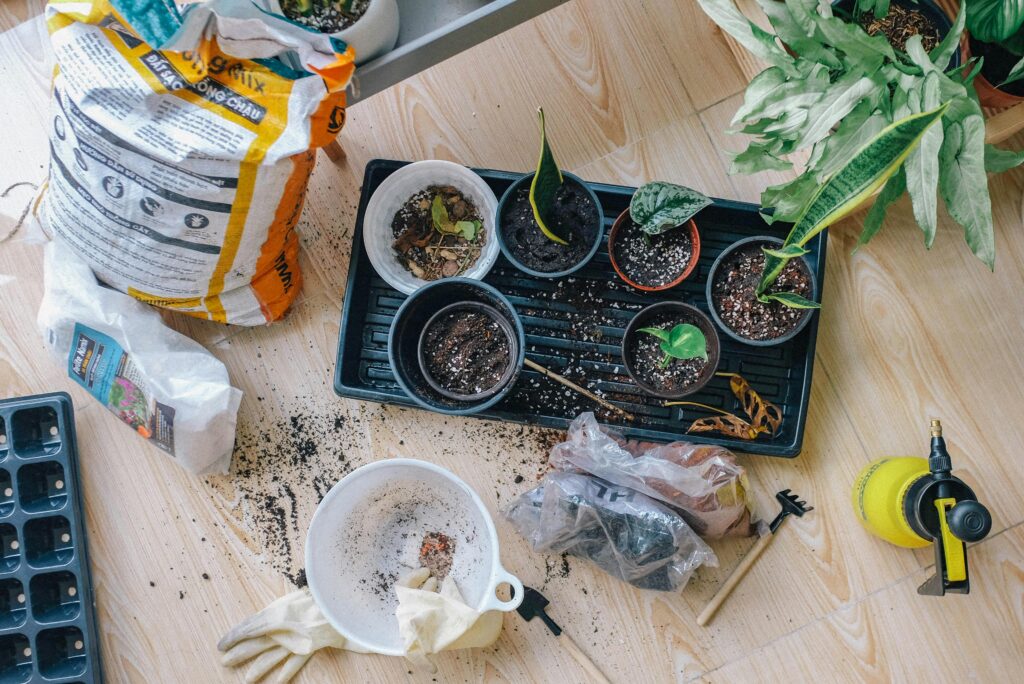

In conclusion, taking care of your garden boils down to giving it the right food at the right time. Think of it like this: your garden’s food is the fertilizer, and understanding your soil is like knowing what your garden likes to eat. So, first things first, check your soil by doing a little test. This helps you figure out what nutrients your plants need. Once you know what your garden craves, it’s time to pick the right fertilizer. There are different kinds out there, so choose one that suits your garden’s taste. Timing is key, too—spring is usually a good time to give your garden a boost. Whether you use granules or liquid fertilizer, make sure to spread it out evenly and water the plants afterward. This way, they can soak up all the good stuff.
Now, think about whether you want organic or synthetic fertilizer. Organic ones are like a slow-release treat for your soil, while synthetic ones give a quick nutrient boost. You can also use mulch and compost to help your plants stay happy. Keep an eye on your plants, and if they look a bit off, maybe they need more of something. Adjust your routine accordingly, like a little extra care for your green buddies. Watering is essential, too, to make sure your plants drink up all the nutrients. With these simple steps, you’ll have a garden that’s not just surviving but thriving, showing off its natural beauty right in your backyard.





